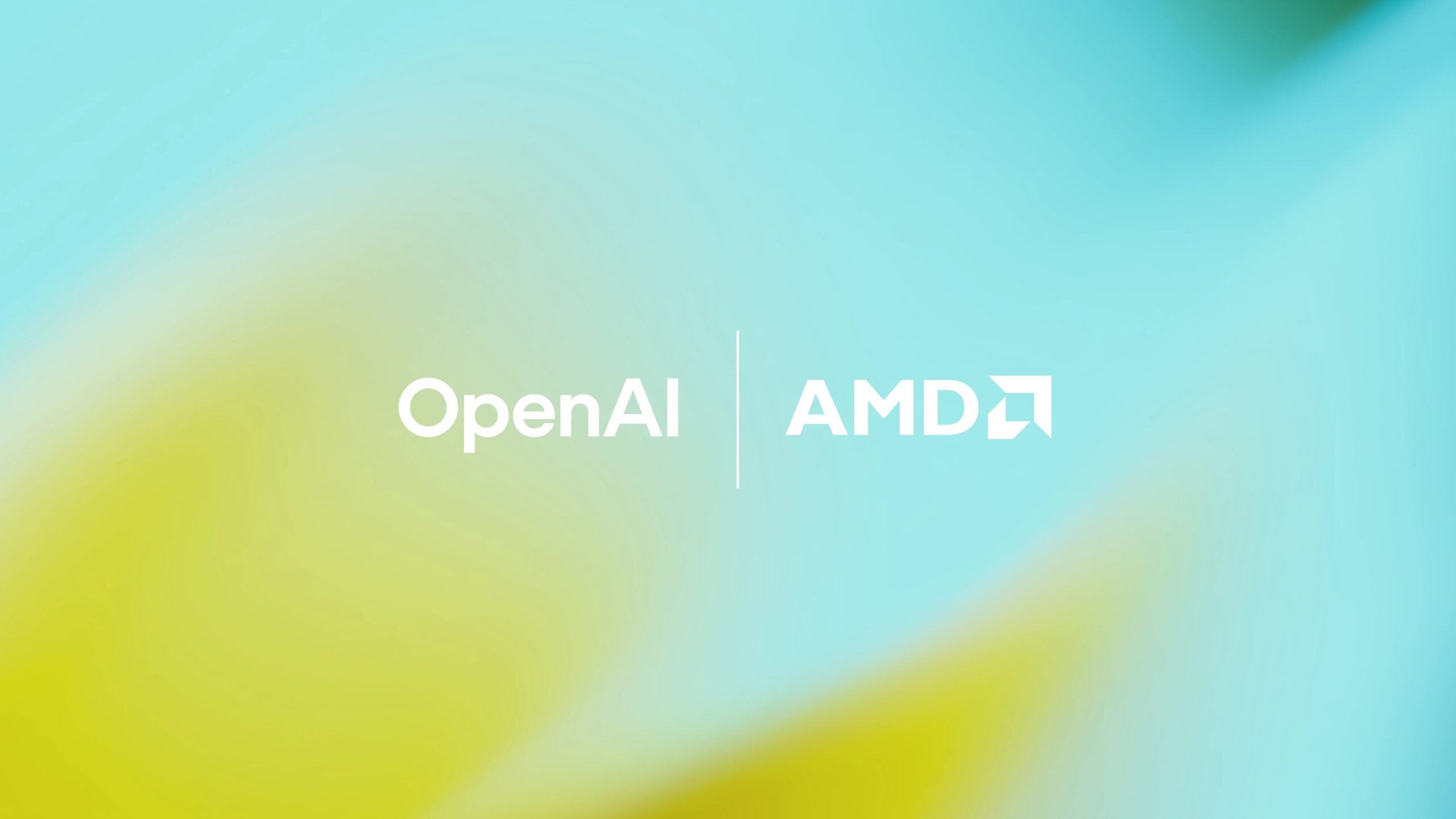OpenAI AMD collaboration marks one of the largest infrastructure partnerships in the AI industry. The two companies announced plans to deploy up to 6 gigawatts (GW) of AMD Instinct GPUs, beginning with a 1GW rollout in the second half of 2026. This initiative aims to build the computational foundation for OpenAI’s next generation of large-scale AI models.
The Ambitious Vision Behind the 6GW Deployment
The collaboration represents a massive leap in AI infrastructure scalability. OpenAI seeks to move beyond current GPU capacity limitations by working with AMD to design and operate hyperscale data centers optimized for deep learning workloads.
Expanding Computational Horizons
With the initial 1GW deployment set for late 2026, OpenAI plans to create new data clusters that integrate AMD’s cutting-edge Instinct accelerators. These GPUs are designed for performance efficiency, scalability, and sustainability — essential features for training frontier AI models that require exascale-level processing.
A Long-Term Infrastructure Roadmap
Both companies envision the 6GW capacity being distributed across multiple global data centers. According to industry estimates, this scale could support hundreds of thousands of high-performance GPUs, making OpenAI one of the largest consumers of compute power worldwide.
AMD’s Role in Shaping the Future of AI Compute
AMD’s Instinct series GPUs have been increasingly adopted by enterprises and research institutions seeking alternatives to NVIDIA’s dominance. This partnership positions AMD as a key player in the global AI infrastructure race.
Instinct GPUs and the Competition
The AMD Instinct MI300 series, built on advanced 3D-stacked architecture, delivers massive bandwidth and energy efficiency. By collaborating with OpenAI, AMD gains direct exposure to the most demanding AI training environments — a proving ground that could help refine its GPU ecosystem further.
Strategic Implications for the AI Industry
While NVIDIA continues to lead the market, AMD’s partnership with OpenAI is a signal to investors and technology leaders that a multi-vendor AI hardware ecosystem is emerging. This diversification could reduce dependency on a single supplier, ensuring supply chain stability for massive AI workloads.
Powering the Next Wave of AI Innovation
The OpenAI AMD collaboration is not merely about hardware. It represents an evolution toward energy-efficient, globally distributed AI infrastructure capable of supporting large-scale inference, multimodal reasoning, and autonomous training systems.
Energy and Sustainability Considerations
Deploying 6GW of GPUs will require enormous power management capabilities. AMD’s efficiency-driven design and OpenAI’s commitment to renewable energy partnerships are expected to play crucial roles in minimizing the carbon footprint of this infrastructure.
Enabling Advanced AI Models
With greater compute power, OpenAI will be able to accelerate research in multimodal AI, autonomous agents, and long-context reasoning. These advancements are expected to fuel progress in real-world applications across healthcare, science, and digital creativity.
The Strategic Context: OpenAI’s Infrastructure Expansion
This move follows OpenAI’s rapid scaling over the past two years, during which it built several custom data centers and expanded partnerships with major cloud providers. The AMD alliance adds another layer of resilience and capacity for its future products.
Building Beyond ChatGPT and Sora
OpenAI’s focus extends beyond text-based models. With projects like Sora, which integrates video and audio generation, the company’s computational demands have grown exponentially. The AMD Instinct-powered systems will allow faster experimentation and larger-scale deployment of such models globally.
Collaboration with the Semiconductor Industry
AMD joins a growing list of OpenAI’s strategic hardware partners. By investing in diversified silicon providers, OpenAI reduces risks related to GPU shortages and aligns with U.S. policy efforts to strengthen domestic semiconductor manufacturing.
A Global Infrastructure for the AI Age
As AI continues to redefine industries, the demand for compute power is projected to multiply by tenfold over the next five years. The OpenAI AMD partnership directly responds to this challenge by laying down one of the world’s most ambitious AI compute networks.
Global Economic and Geopolitical Impact
This initiative may reshape not just the technology landscape but also influence energy, trade, and semiconductor supply chains. Governments and corporations alike will watch how this collaboration affects global competition in AI capability.
Future Outlook
By 2028, if the full 6GW deployment is realized, OpenAI could operate one of the most powerful AI infrastructures on Earth — rivaling national supercomputing systems. AMD, in turn, would cement its position as a central enabler of the next AI revolution.
The OpenAI AMD partnership signifies a defining step toward sustainable, high-performance AI compute infrastructure. Starting with a 1GW deployment in 2026, their joint plan to reach 6GW represents a monumental investment in the future of artificial intelligence. As the race for computational power accelerates, this alliance could reshape the balance of innovation and competition in the global AI ecosystem.
For more insights on AI partnerships and global technology developments, visit Olam News Technology.









